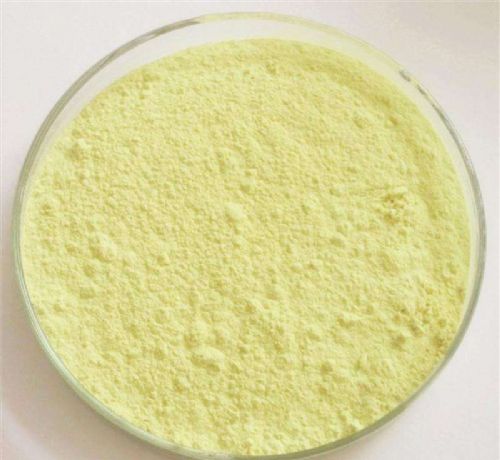Purchase Food Grade Phospholipid,Stable Quality
Time:2024-11-13
Food processing techniques significantly impact the stability of phospholipids, primarily in the following areas:
Ⅰ.Extraction and Refinement Process
1. Extraction Methods:
·The main sources of phospholipids include soybeans, egg yolks, etc. Different extraction methods (such as mechanical pressing, solvent extraction) influence the product’s composition, impurity content, and quality.
·Conditions used during extraction, such as solvent type, temperature, and pressure, also affect the stability and purity of phospholipids.
2. Refinement Techniques:
·During refinement, methods such as chromatography, membrane separation, and organic solvent precipitation can further purify phospholipids and remove impurities.
·The choice of refinement technique and operational conditions also affect phospholipid stability; improper temperature control, for example, may lead to oxidation or degradation of phospholipids.
Ⅱ.Physical and Chemical Changes During Processing
1. Heat Treatment:
·Heat treatment is common in food processing, but high temperatures may lead to oxidation, hydrolysis, or polymerization of phospholipids, reducing their stability.
·For example, microwave heating may increase phospholipid loss, and phospholipids combined with proteins and carbohydrates can form complexes, affecting their nutritional value and stability.
2. Acid-Base Treatment:
·Acid and alkaline treatments alter the pH of foods but may also cause hydrolysis or degradation of phospholipids, especially under intense conditions.
3. Shearing and Stirring:
·Physical treatments like shearing and stirring can disrupt the structure of phospholipids, making them more susceptible to oxidation or other degradation reactions.
Ⅲ.Packaging and Storage Conditions
1. Packaging Materials:
·Packaging materials influence the stability of phospholipids. For instance, airtight and light-blocking packaging can effectively prevent oxidation and degradation.
2. Storage Conditions:
·Storage conditions (such as temperature, humidity, and light exposure) also affect phospholipid stability. High temperatures, humidity, and light may accelerate oxidation and degradation.
Ⅳ.Use of Additives
1. Antioxidants:
·Adding antioxidants can improve phospholipid stability, extend shelf life, and reduce the negative effects of oxidation on product quality.
2. Other Additives:
·The use of other additives (such as emulsifiers, stabilizers) may also affect phospholipid stability, depending on the type of additive and usage conditions.
Ⅴ. Measures to Improve Phospholipid Stability
1. Optimizing Production Techniques:
·Optimizing production techniques, such as choosing suitable extraction and refinement methods and controlling temperature and pressure during processing, can enhance the stability of phospholipids.
2. Use of Antioxidants:
·Adding an appropriate amount of antioxidants can effectively prevent phospholipid oxidation and degradation, improving stability.
3. Improving Packaging and Storage Conditions:
·Using airtight, light-blocking packaging and storing phospholipids in a cool, dry, dark environment can extend shelf life and maintain stability.
In summary, food processing techniques have a crucial impact on the stability of phospholipids. Enhancing production processes, using antioxidants, and improving packaging and storage conditions are effective ways to increase stability, preserving the nutritional value and quality of phospholipids.


 CN
CN





